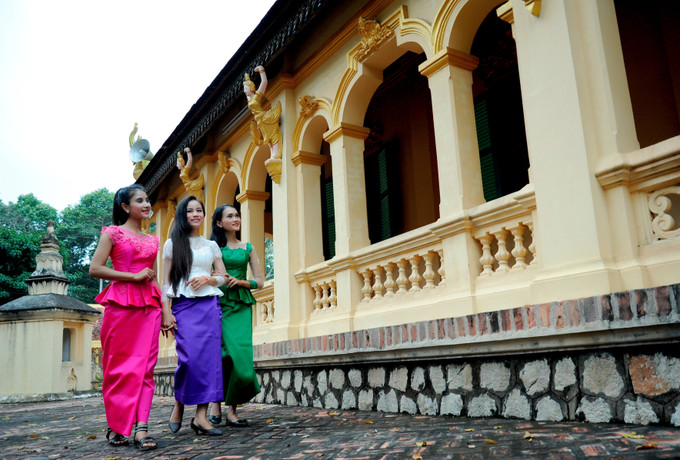
Traditional costumes are the essence and soul of each ethnic group, and are the unique features that distinguish one ethnic group from another. Traditional costumes of ethnic groups not only carry strong cultural identity but also contain artistic and historical values, and are messages from the past left for the present and the future.
The traditional costumes of the Khmer people in the South have many unique and diverse cultural features through the materials, colors, patterns, usage and the unique way of wearing skirts. Skirts and shirts (tầm vông chor-phum) are woven from silk, cotton, or glitter thread with different patterns using the traditional weaving and dyeing techniques of lákkat and ba-tik.
The highlight of the traditional costumes of Khmer women is that they are always decorated with beads or sequins combined with sophisticated patterns.
Figure 1: Traditional costumes of the Khmer people in the South (Photo: Collected)
Sampot was born during the Funan Dynasty when a Cambodian king ordered his subjects to wear sampot as requested by the Chinese envoy. Since this dynasty, silk weaving has become an indispensable part of the long-standing culture of Cambodia. Complex weaving methods and delicate patterns were developed. In particular, Cambodians from this period have possessed their own twill weaving technique without a certain pattern, although there is still no clear explanation for the application of this technique. Silk sampots are used as heirlooms in every family, in weddings, funerals as well as used to decorate temples. Sampot is a traditional Cambodian fabric and is quite similar to the traditional costumes of neighboring countries such as Laos and Thailand, but each costume has its own unique features.
Photo 2: Traditional Cambodian Sampot costume (Photo: Collected)
Traditional Sampot is a long, rectangular piece of cloth wrapped around the waist to cover the abdomen and legs and tied right in front of the belly. For the upper body, Cambodians traditionally wear Chang Pong - a piece of cloth of any color, crossed across one shoulder and covering the woman's chest, leaving only a little bit of the belly exposed to highlight the charm of Asian women in general and Cambodian women in particular.
Chor-phum dresses are woven from silk, cotton or glitter with different patterns. The highlight of their traditional costumes is always the sparkling beads or sequins, combined with sophisticated patterns and bright colors... On the dress, the diamond pattern is the main pattern, about 1m wide and 3.5m long; when worn, it is rolled up to cover the lower half of the body.
On every holiday, when going to the temple to worship Buddha, the beauty of costumes and jewelry becomes more brilliant. They wear sarongs with beads attached to the waistband. The main color is ao tam vong with white or yellow patterns. Yellow is preferred because it evokes a festive atmosphere, which is also the color in traditional religious architectural decoration often found in Buddhist temples. To enhance the gentle, graceful and feminine features, this ceremonial costume cannot lack "sbay" - a soft blue silk scarf wrapped diagonally from the shoulder down the right side. Similarly, traditional Cambodian costumes also favor yellow or more colorful colors as the main color and besides that, they also use Krama. Krama refers to the traditional scarves of the people of the land of pagodas, similar to the checkered scarf in Vietnam. Krama is usually made of silk or cotton.
Figure 3: Krama scarf (Photo: Collected)
Krama has been associated with Cambodian culture for thousands of years and has hardly changed much in design. That also shows the integrity of the cultural values that Cambodia always cherishes and preserves. When you have the opportunity to come here, you can see the image of Cambodian people wearing Krama everywhere. Especially in the vast fields in rural areas.
Krama is commonly wrapped around the head or neck of Cambodians. It is also sometimes used as a pillow, as a hammock, as a baby carrier, or as a safety rope to help climb trees. Krama is widely sold everywhere in Cambodia.
In the Vietnam-Cambodia border areas such as Hon Dat, Ha Tien, Khmer women often buy colorful printed floral dresses and scarves from Cambodia. This shows that the Sampot of Cambodia and the traditional costumes of the Khmer people in the South have similarities and can be uniquely combined.
The Khmer believe that to be healthy, one must wear a piece of bone or claw of a wild animal such as a tiger, crocodile, wild boar, etc. around the neck, arm or waist to ward off poisonous winds and evil spirits. For the Khmer, their jewelry contains a great desire for happiness and health. Women wear large earrings like ripe fruits, giving the impression that they are hard-working and healthy people. From the elderly to children, everyone wears some kind of jewelry.
For Khmer people, jewelry is an indispensable part of their life. Jewelry is a dowry that can be passed down through many generations. Necklaces and bracelets often have diverse motifs such as crescent moons, diamonds, fruits, birds, animals, etc.
On normal days, Khmer women only wear a pair of earrings and a beaded necklace, but on holidays, they like to wear more. After months of hard work in the fields, in the spring, they spend time on meetings, entertainment and weddings. On this occasion, Khmer girls are all dressed up in new clothes and gorgeous jewelry, creating a colorful picture.
Similarly, Cambodians also consider jewelry an indispensable part to accentuate their outfits. They like to wear colorful and intricately patterned items.
Cambodians mostly still maintain their traditional way of dressing, while Southern Khmer people often choose soft, thin fabrics that are easier to make clothes because the weather in the South is often hot. In the past, Khmer women wore skirts (sarongs), black Ao Ba Ba and scarves. This is the most authentic image showing the cultural exchange between Khmer and Kinh people in the Southwest.
The skirt (sarong) is usually a piece of brocade fabric 100 - 350cm wide. This type of skirt is often worn on holidays and weddings, and is rarely worn by Khmer people on normal days. In Cambodia, the sarong is a traditional Cambodian costume for both men and women of the lower class. It is designed from a piece of fabric sewn at both ends, tied at the waist and comes in many different colors. Currently, the sarong is more widely used by people in this country because it is quite convenient.
Similar to Krama in Cambodia, the scarf (khàn seng) is made of cotton fabric, with an average length of 180cm and a width of 75-80cm. There are many different types of scarves, but there are two common types: the plain type, usually white, and the patterned type, with a square-woven head.
Unlike other ethnic groups, Khmer scarves are rarely used to wrap around the head but are usually worn at the end or across the shoulder. When worn across the shoulder, the scarf is wrapped from the right armpit to the left shoulder and then passed through the right armpit, one end of the scarf is rolled up in front of the chest and the other end is left hanging behind the left back.
Nowadays, Khmer women usually wear ao dai and sarong. For convenience in daily life, many Khmer women usually dress like the Kinh people in the South. Khmer women's clothing is influenced by many cultural exchanges, leading to changes in ethnic costumes.
It can be seen that the traditional costumes of the Khmer people in the South are mostly similar in shape, style and colorful tones with the Sampot of Cambodia. However, due to the living environment and the process of adapting to natural and social conditions, the culture has many distinct features, so we can also see some of the characteristics of each costume.
Ho Chi Minh City, January 8, 2025
Duong Kim Ngoc
Department of Communications -Education - International Relations
REFERENCES
- Dang Truong – Hoai Thu Traditional costumes of Vietnamese ethnic groups – Culture – Information Publishing House (p54 – 63)
- Dr. Ngo Duc Thinh Traditional costumes of Vietnamese ethnic groups - Knowledge Publishing House.
- http://review.siu.edu.vn/thoi-trang/sampot-trang-phuc-truyen-thong-cua-nguoi-campuchia/327/3468 (accessed December 23, 2024)
- https://m.infonet.vietnamnet.vn/chuyen-la/net-rieng-trong-trang-phuc-truyen-thong-cua-nguoi-campuchia-118588.html (accessed December 23, 2024)
Source: https://baotangphunu.com/doi-net-ve-trang-phuc-truyen-thong-cua-phu-nu-dan-etoc-khmer-nam-bo-o-viet-nam/





![[Photo] Prime Minister Pham Minh Chinh and Prime Minister of the Kingdom of Thailand Paetongtarn Shinawatra attend the Vietnam-Thailand Business Forum 2025](https://vphoto.vietnam.vn/thumb/1200x675/vietnam/resource/IMAGE/2025/5/16/1cdfce54d25c48a68ae6fb9204f2171a)





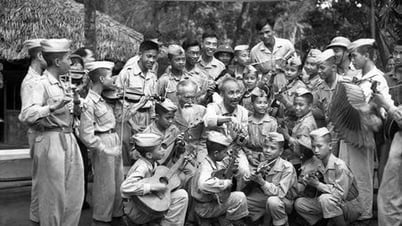


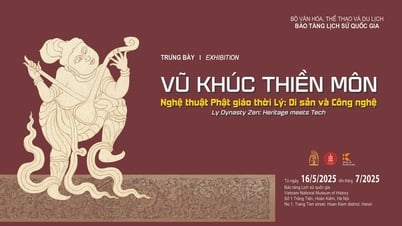
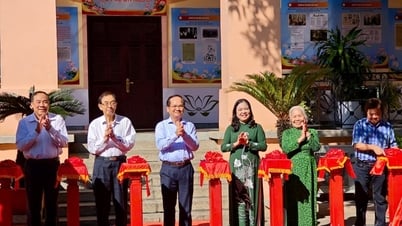






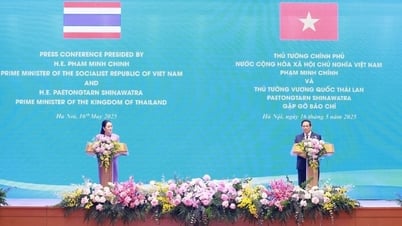


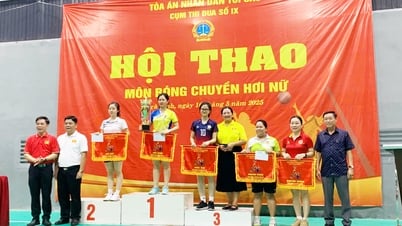

![[Photo] President Luong Cuong receives Prime Minister of the Kingdom of Thailand Paetongtarn Shinawatra](https://vphoto.vietnam.vn/thumb/1200x675/vietnam/resource/IMAGE/2025/5/16/52c73b27198a4e12bd6a903d1c218846)














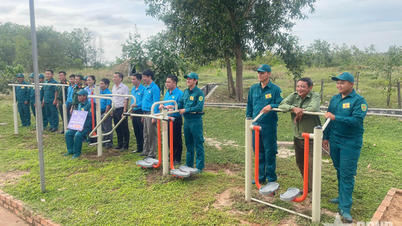




























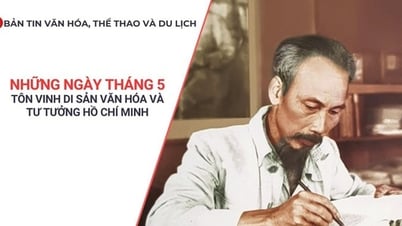

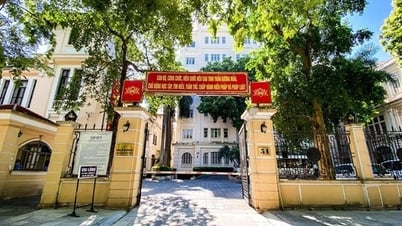





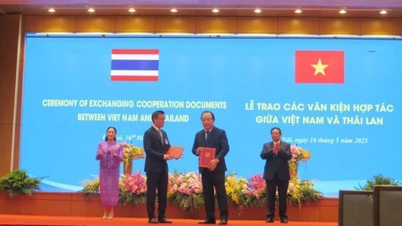

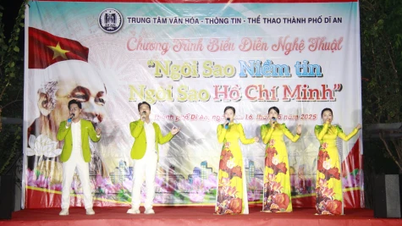
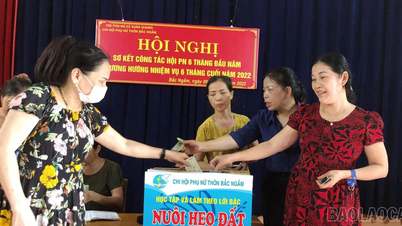

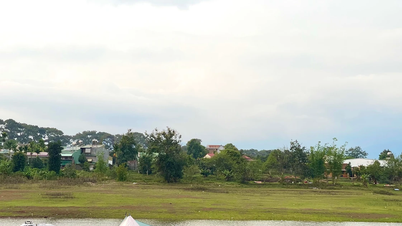











Comment (0)